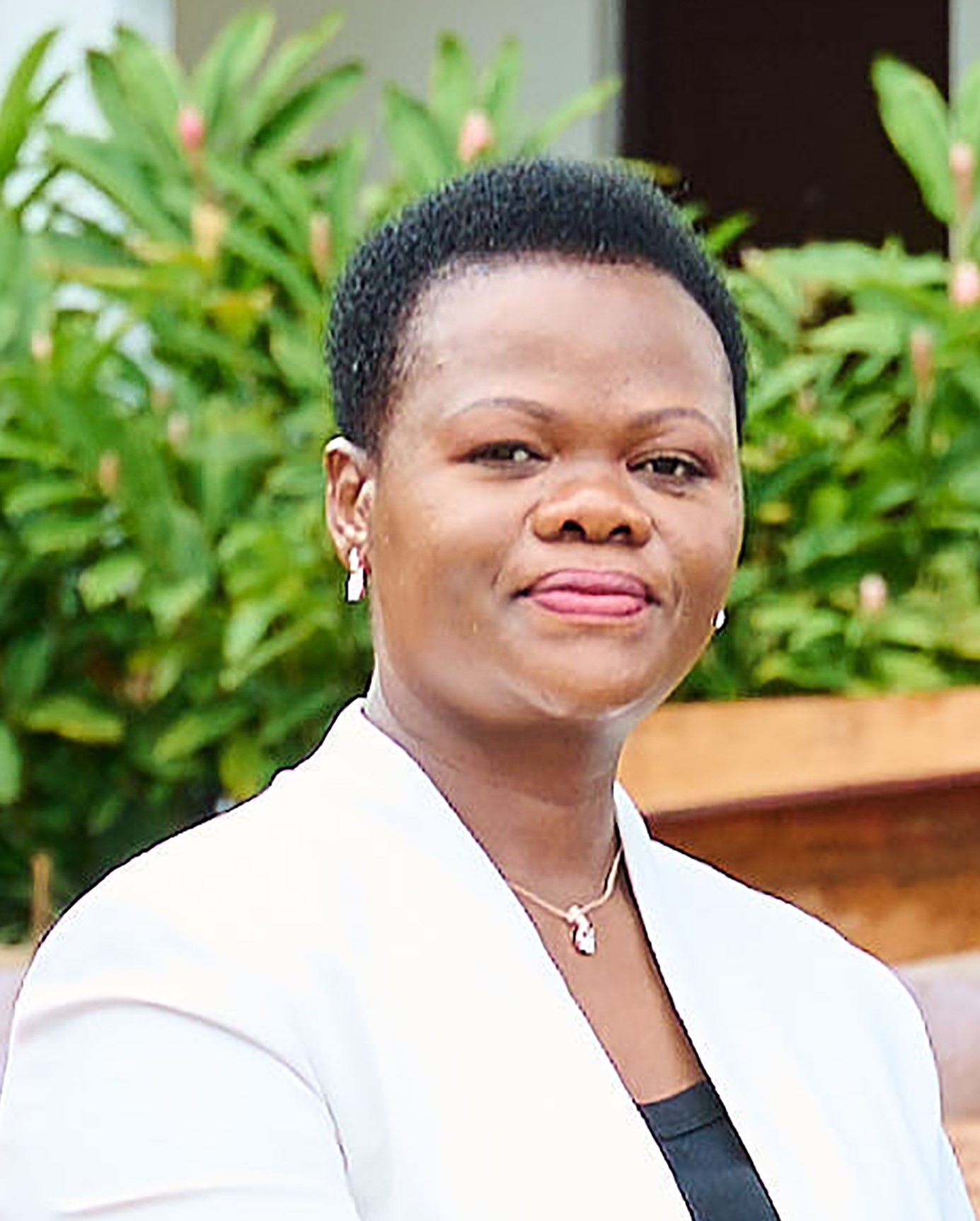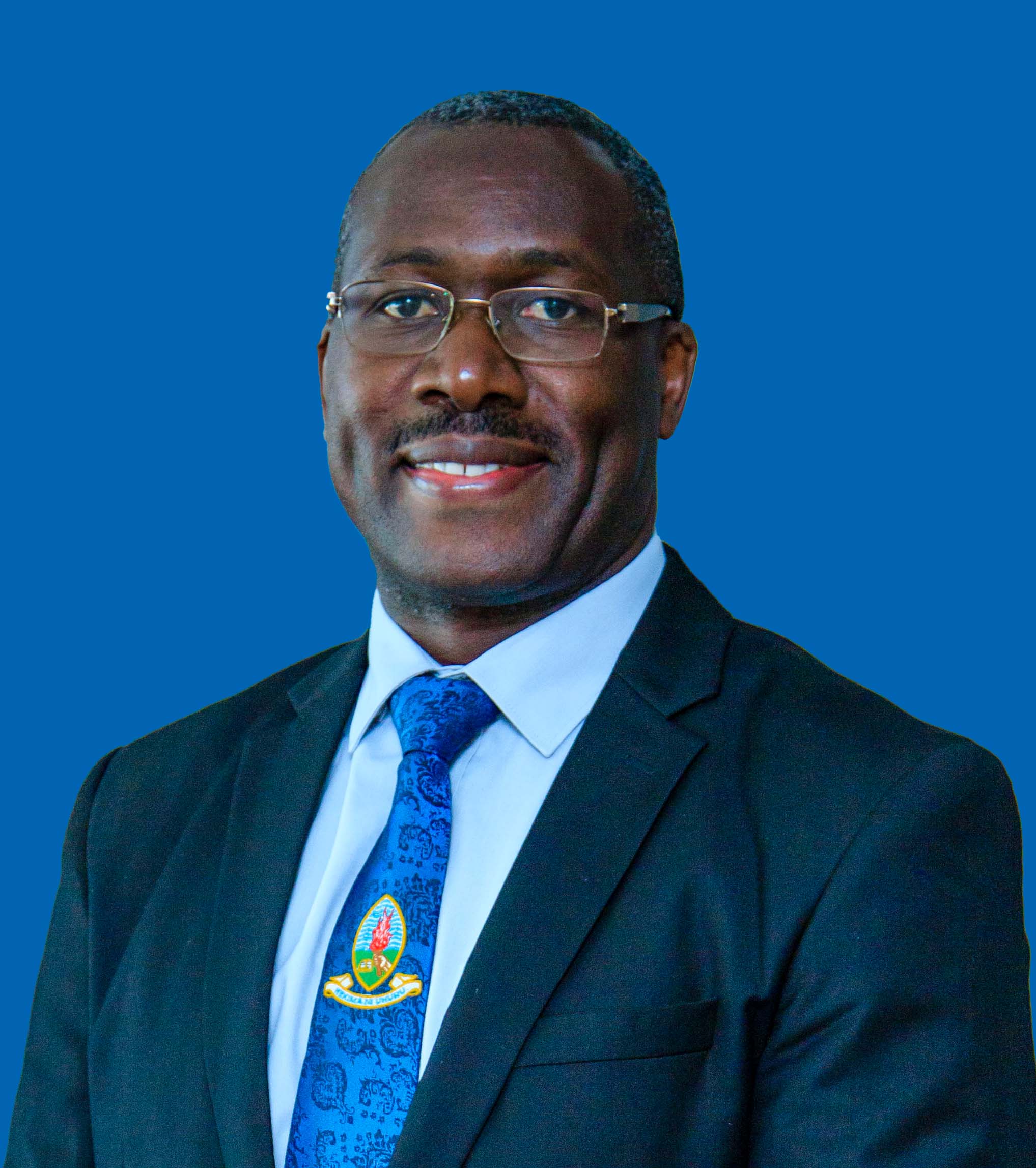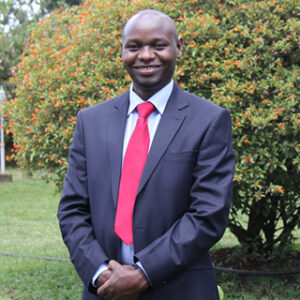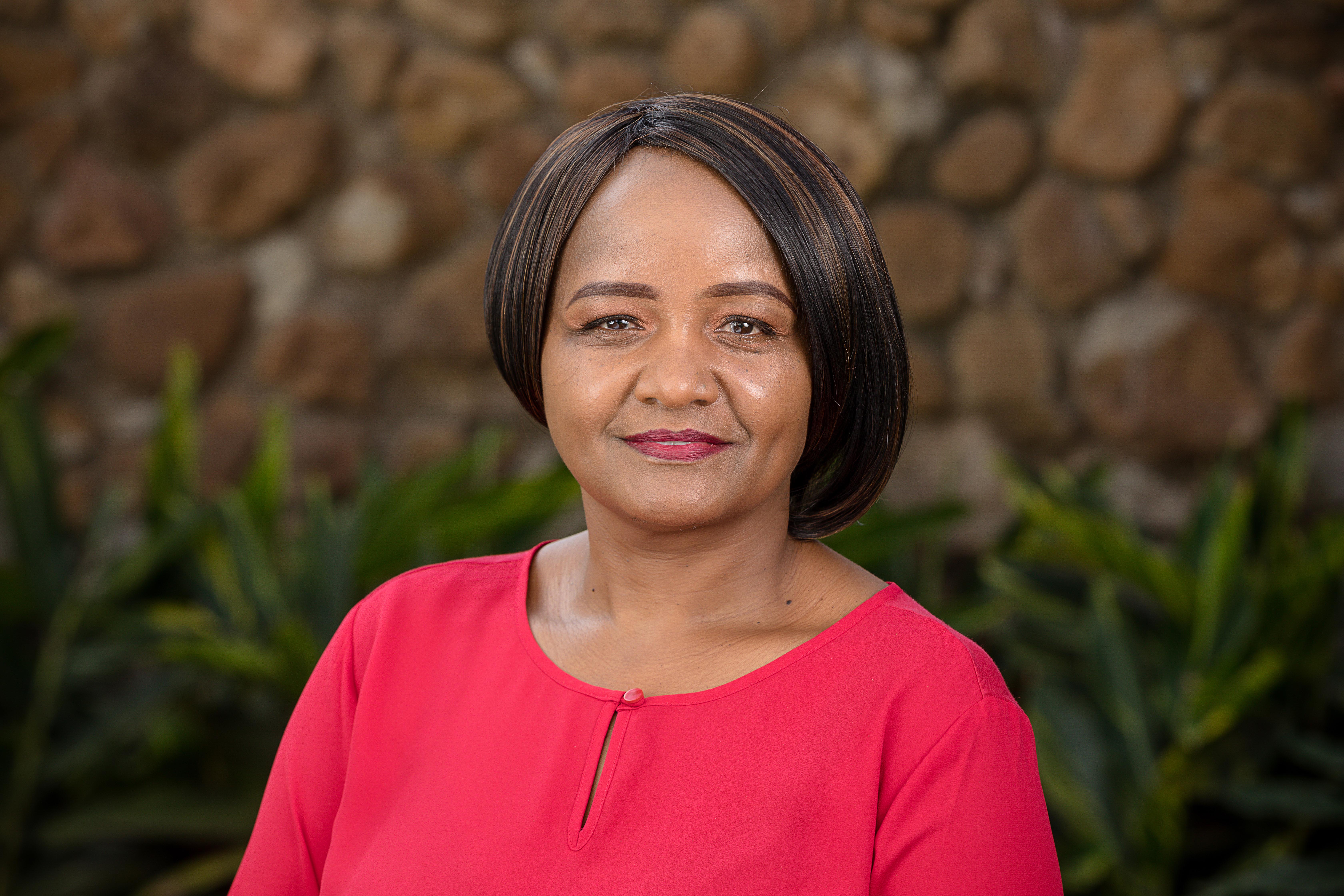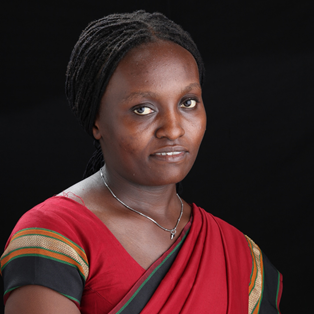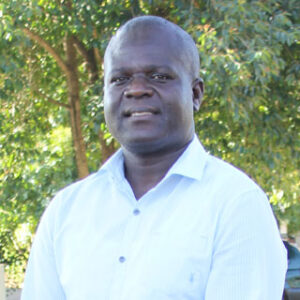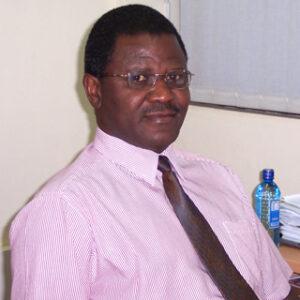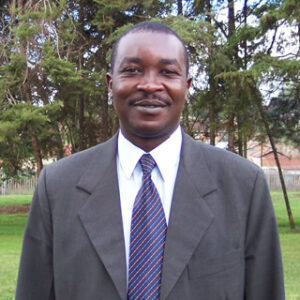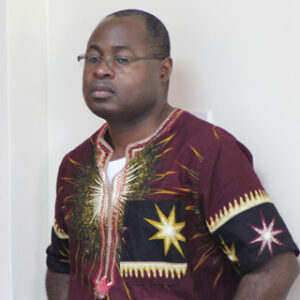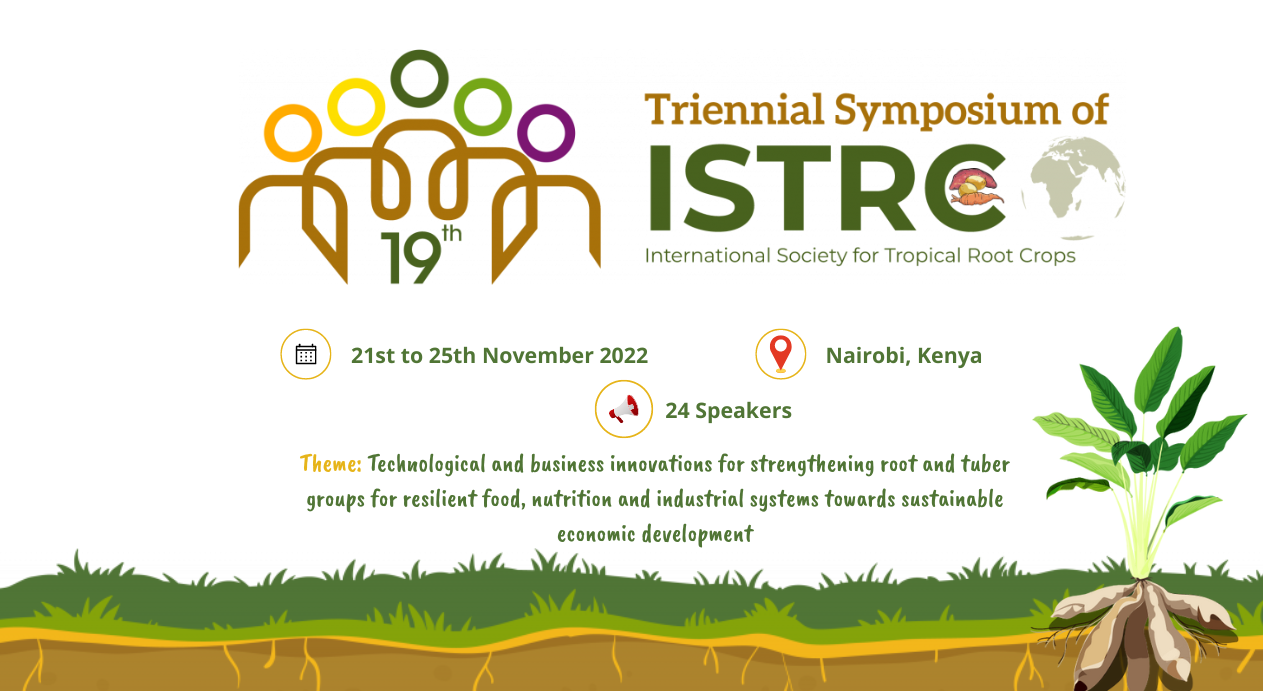
Root and tuber crops are important food crops that have gained increased importance due to their role in food security, and ability to withstand drought as well as their potential for commercial processing, said Prof. Hamadi Boga, the Principal Secretary, State Department for Agricultural Research, Ministry of Agriculture, Livestock & Fisheries.
Prof. Boga said that the crops play a key role in contributing to the national economies for most countries in Sub-Saharan Africa and their overall Gross Domestic Product.
“These crops are the second most important food crops after cereals in Kenya that have the potential to contribute significantly to the food security needs of the Kenyan people, helping to drive the country’s ambition of addressing food and nutrition insecurity and hunger as stipulated in the Big Four Agenda of the Government of Kenya,” observed Prof. Boga who spoke on the sidelines of ISTRC-Africa meeting in September during the virtual launch of the 19th International Society for Tropical Root Crops (ISTRC) 2022 global Symposium.
The Big Four Agenda comprising of food security, manufacturing, affordable universal health care and housing is an economic blueprint that was developed by the government to foster economic development and provide a solution to the various socio-economic problems facing Kenyans.
The government of Kenya and AATF were selected by the ISTRC Governing Council to co-host the 19th symposium of the Global ISTRC in Kenya in 2022. The 18th symposium was held in 2018 in Cali, Colombia, and hosted by The International Center for Tropical Agriculture.
The Executive Director AATF Dr Canisius Kanangire noted that by hosting this meeting in Kenya, the country is opening opportunities for global scientists in tropical root crops to inch closer to African smallholder farmers, many of whom depend on root crops for their livelihoods.
He said that AATF is a major development partner in the transfer of technologies in the agricultural sector and has made huge investments in important staples of Africa including cassava and potato.
“AATF brings together companies, governments, NGOs, researchers and farmers to work together towards getting innovative technologies that target specific production challenges and opportunities into the hands of African smallholders,” said Dr. Kanangire.
Dr Richardson Okechukwu, the ISTRC President noted that the ISTRC symposium has come a long way and has established itself as one of the forums bringing together international stakeholders especially those working on roots and tuber crops and has played a catalytic role in the development of these crops.
“ISTRC is a unique platform that facilitates interaction among scientists from around the world working on all tropical root and tuber crops. The Society was established to foster, stimulate, and support activities that lead to the general improvement of production and utilization of tropical root and tuber crops globally,” said Dr Okechukwu.
He pointed out that it is through such symposia that research outputs are shared and wide-ranging decisions on the position of tropical root and tuber crops on the African continent and global agenda are made.
Dr. Emmanuel Okogbenin, the director of programme development and commercialisation at AATF, who is also the 1st Vice President of the 19th Global ISTRC 2022 Symposium noted that the choice to hold the symposium in Kenya is significant as the event will go a long way in supporting the Kenyan government to realise its Big Four Agenda to improve the country’s food systems resilience and strengthen its economy with a strong focus on commodity crops including root and tuber crops.
Dr Okogbenin confirmed that a Local Organising Committee has been formed and will feature membership from public and private sectors as well as key international and national organisations in Kenya who will execute the preparations of the ISTRC 2022 symposium.





